IRAN
With an area of 1,648,195 square kilometers (636,372 sq mi), Iran ranks seventeenth in size among the countries of the world. The topography of Iran consists of rugged, mountainous rims surrounding high interior basins.There are no major rivers in the country. Iran has a variable climate. In the northwest, winters are cold with heavy snowfall and subfreezing temperatures. Spring and fall are relatively mild, while summers are dry and hot. In the south, winters are mild and the summers are very hot, having average daily temperatures in July exceeding 38 °C (100.4 °F).
Mount Taftān, a massive cone reaching 13,261 feet (4,042 metres) in southeastern Iran, emits gas and mud at sporadic intervals. IRAN has the best Islamic architecture and some of the best people. Between the countries in theMiddle east and the world.

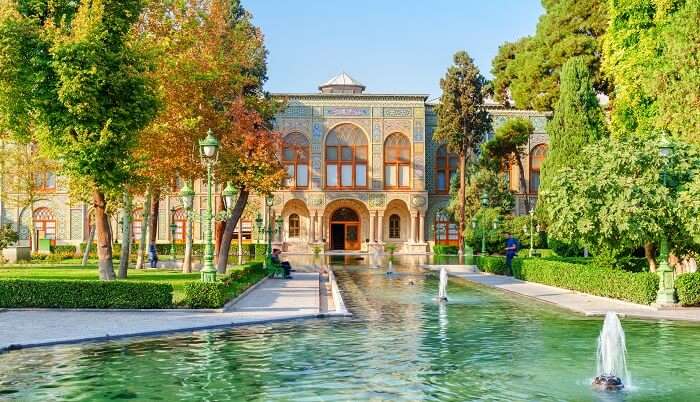
One of the top places to visit in Iran, Tehran is a busy metropolis set against the Alborz mountains.
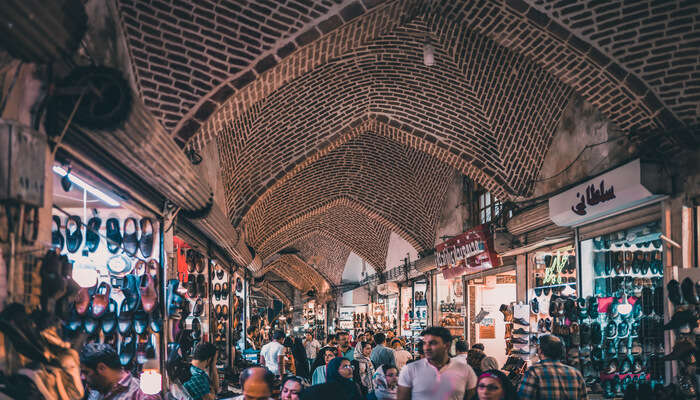
Rich in Azeri culture, Tabriz is known for its thriving bazaar and if you are looking for places for shopping in Iran.
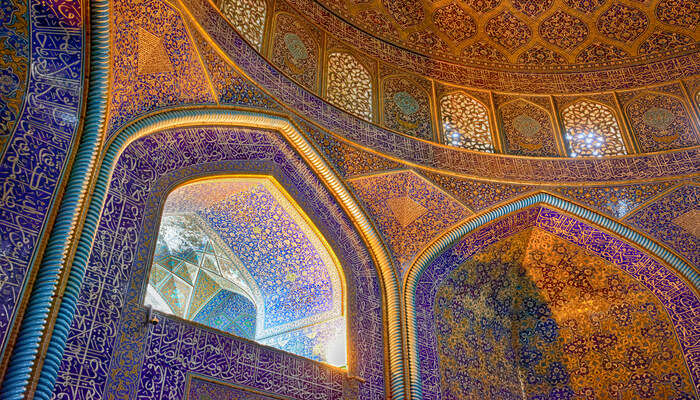
The old Islamic buildings along with the Persian gardens give this city a beautiful appeal. The picture-postcard bridges are the highlight of this place in Iran.
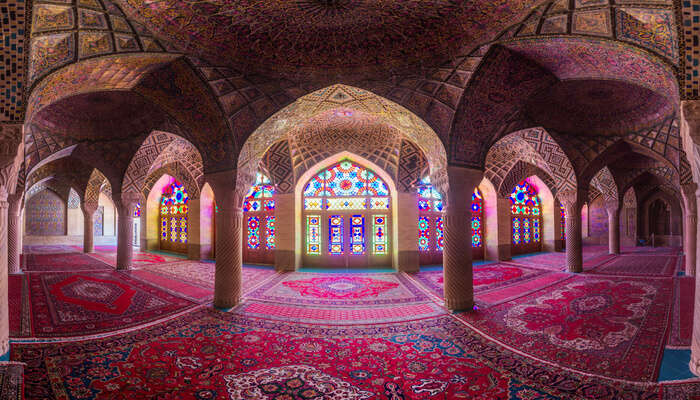
Shiraz is known for poetry and wine.
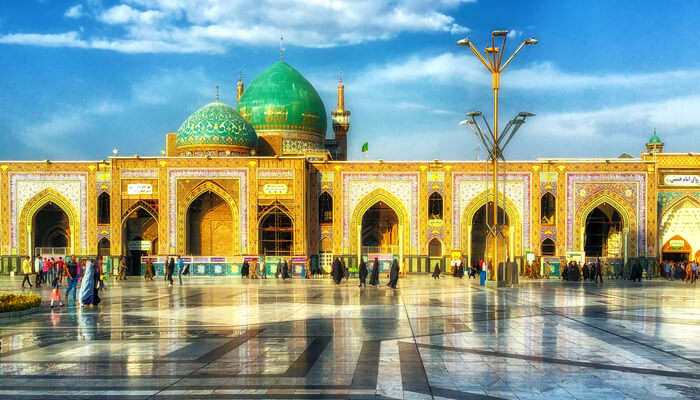
Mashhad is a city worth visiting. Plan your holiday well because, during Muslim holidays, the city is completely booked months.
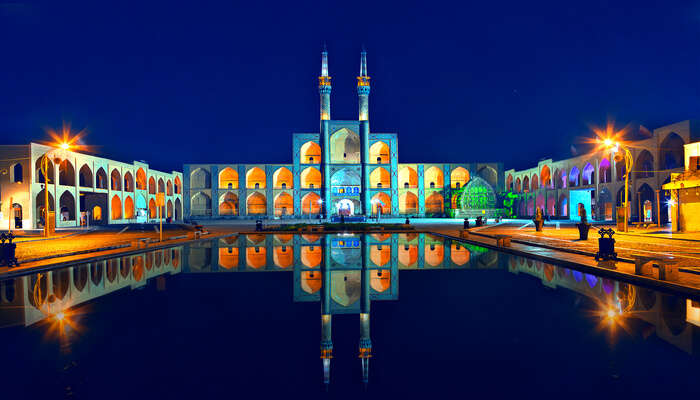
Yazd invites everyone to explore the maze of its lanes.
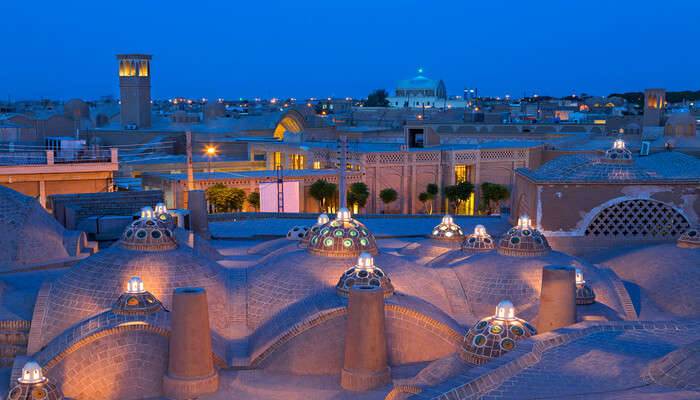
An architectural gem, the archaeological findings say that the city was founded some eight thousand years ago.
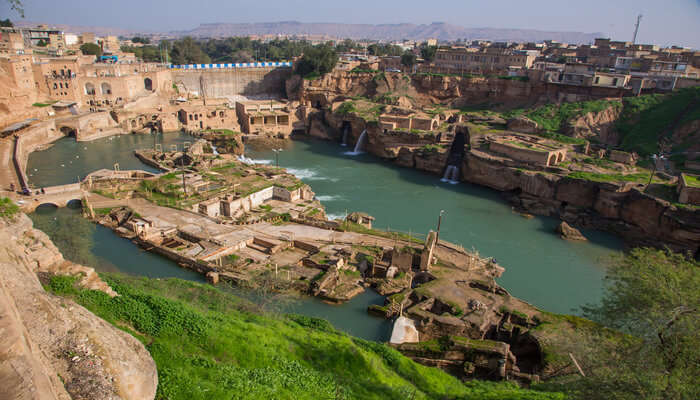
These bridges which have made the city famous are built over the river Karun.
Disaster Risk
Disaster risk is a product of a combination of hazard, exposure, and vulnerability. Governance in the health system is a multifaceted sphere, with political, economic, and legal dimensions. The probabilistic natural disaster hazard zoning maps are provided through intensity assessment of mulltihazards. This provided a preliminary basis for geo-hazard risk mapping in Iran, including the vulnerability and popullation exposure. The most improtant geo-hazards involved in this study are earthquake, flood, landslide, and landsubsidence
Hazards:
Iran is in a region prone to many natural and manmade hazards. Hazards such as earthquakes, drought, and floods are the most important causes of death and economic damages.
Disasters:
Iran is a disaster-prone country that has experienced more than 250 natural disasters over the past century, including floods, earthquakes, droughts, storms, and others. 1 These disasters have affected more than 60 million people, killing at least 158,350, and causing an estimated damage of more than US$53 billion. 2 In the same period (1922–2021), Tehran and its neighboring provinces (Alborz, Markazi, Qazvin, and Qom) experienced 28 natural disasters, mainly floods and earthquakes, affecting around 11 million people, killing at least 55,769, and causing economic damages of about US$22 billion
Catastrophes:
The quakes struck in quick succession, with the more powerful one measuring a magnitude of 6.4, the United States Geological Survey reported. Iranian news media said that the epicenters were near four smaller cities north of Tabriz: Ahar, Heris, Mehraban and Varzaqan.
A couple sit in their destroyed house in Dahoueieh on the outskirts of Zarand, a town 35 miles northwest of Kerman, Iran on Wednesday Feb. 23, 2005. A powerful earthquake shook central Iran on Tuesday, destroying villages, killing at least several hundred people and injuring more than 1,000, state-run television reported. (AP Photo/Hasan Sarbakhshian)
Bibliography:
Disaster risk governance in Iran: Document analysis - PMC (nih.gov)
natural dissater in iran - Search (bing.com)
Iran Earthquakes Leave 300 Dead - The New York Times (nytimes.com)







Welcome to class!
ReplyDelete